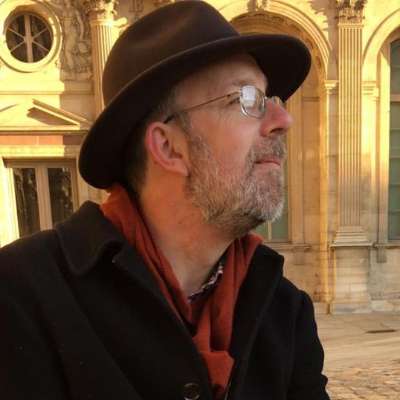Joseph Haydn (1732-1809) is often referred to as “the Father of the Symphony” and with jolly good reason. Not only did he redefine the symphony from being an opera overture – or sinfonia – in the Baroque era to being a fully-fledged orchestral work in its own right, he was also hugely prolific in the genre, writing 104 numbered symphonies during his long life. Many were composed in fulfilling his requirements as Kapellmeister to the rich Esterházy family, but as his fame grew and he was permitted to sell his works to publishers, Haydn was commissioned to write symphonies for others, notably sets composed in Paris and London. It was Haydn who expanded the symphony’s horizons – and length – establishing a four-movement structure that existed for well over a century. Many of his symphonies bear a nickname, although mostly they were not christened as such by the composer himself…
1Symphony no. 103 in E flat major, “The Drumroll”
The nickname speaks for itself, but the E flat major symphony is part of the second set Haydn composed in London for the great impresario Johann Peter Salomon. After the imposing introduction – a Haydn trademark – the first movement Allegro con spirito zips along with great bounce. The themes of the Andante second movement are said to be based on Croatian folk tunes that Haydn knew and the third movement Minuet has quite a heavy, galumphing style.
2Symphony no. 83 in G minor, “The Hen”
One of the six Paris symphonies, no. 83’s nickname derives from the clucking second subject in the first movement where the oboe seems to imitate a hen. It’s a symphony full of both humour and Gallic elegance.
3Symphony no. 45 in F sharp minor, “Farewell”
This symphony was composed while Haydn’s patron and his court were at the summer palace at Eszterháza in 1772. Their stay had been longer than expected and the musicians were keen to return to their families back in Eisenstadt, so Haydn sent a not-so-subtle message. During the finale, each musician stopped playing, snuffed out the candle on their music stand and left the stage until only two violinists – Haydn himself and concertmaster, Luigi Tomasini – were left. The protest worked and the court returned home the following day!
4Symphony no. 94 in G major, “Surprise”
Most people know what the “surprise” is in this symphony composed for London in 1791. During the Andante second movement, which opens very quietly, Haydn suddenly introduces a fortissimo that startles those not in on the joke before continuing quietly as if nothing untoward had happened.
5Symphony no. 73 in D major, “La Chasse”
Composed in 1782, this symphony is often nicknamed “La Chasse” (The Hunt) due to the horns hunting calls in the finale. That finale was itself originally composed as the overture to his opera La fedeltà premiata.
6Symphony no. 88 in G major
This joyous symphony was composed for the Esterhazy in 1787, directly after Haydn’s Paris series. It’s great fun… especially when you can watch Leonard Bernstein “conducting” the Vienna Philharmonic with just facial expressions, baton tucked behind his back!
7Symphony no.6 in D major, “Le Matin”
Written shortly after Haydn had joined the Esterházy court, the Symphony no. 6 in D major was soon nicknamed “Le Matin” (Morning) because the slow introduction is reminiscent of a sunrise. Unsurprisingly, the next two symphonies were called “Noon” and “Evening”.
8Symphony no. 90 in C major
Commissioned by Count d'Ogny for the Concert de la Loge Olympique, the Symphony no. 90 contains another one of Haydn’s characteristic jokes. In the finale, Haydn seems to drive the music to its conclusion – perhaps leading the audience to applaud – only for the music to then resume.
9Symphony no. 22 in E flat major, “The Philosopher”
Another symphony composed during his employment under Prince Nikolaus Esterházy, “The Philosopher” gets its nickname from the slow, scholarly question and answer debate between the two horns and the two cors anglais during the slow opening movement. Three livelier movements follow, including a boisterous Presto finale.
10Symphony no. 52 in C minor
More serious than most of his symphonies, possibly because it was composed liturgical usage in mind, the Symphony no. 52 has been described by Haydn’s biographer, HC Robbins Landon, as “the grandfather of Beethoven's Fifth Symphony, also created with mathematical precision and in extreme conciseness.”




